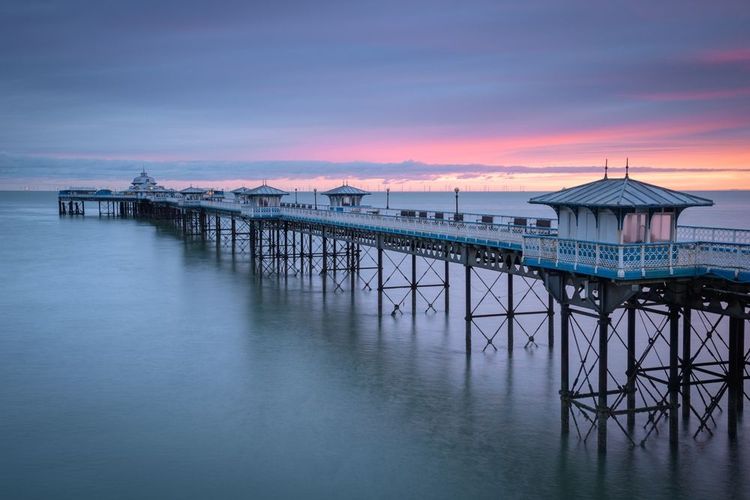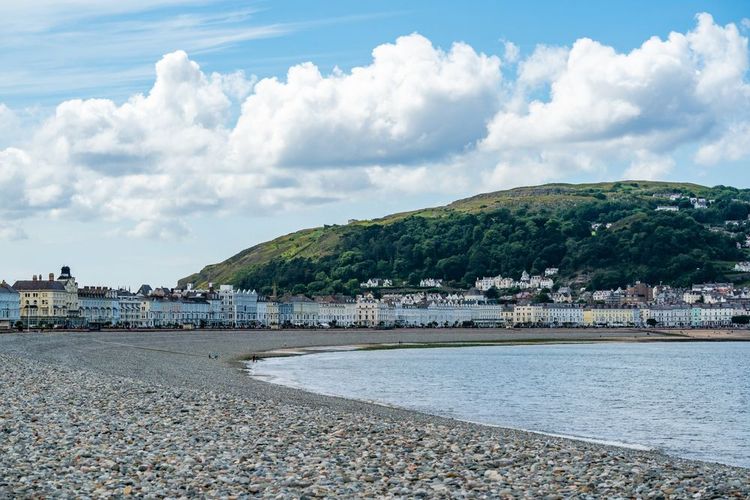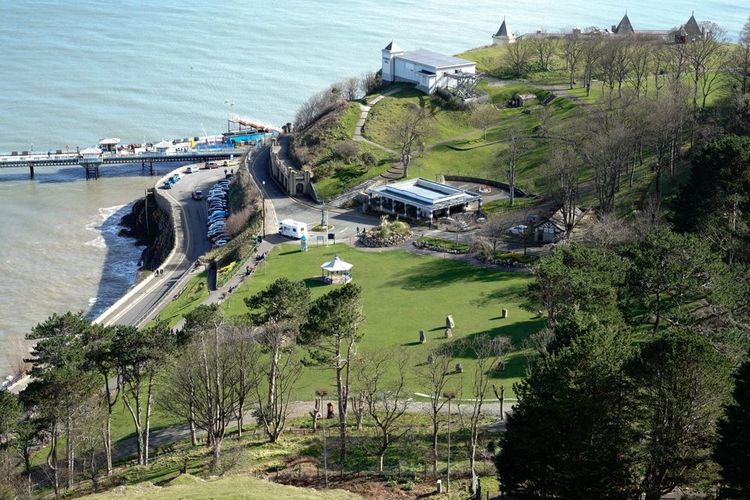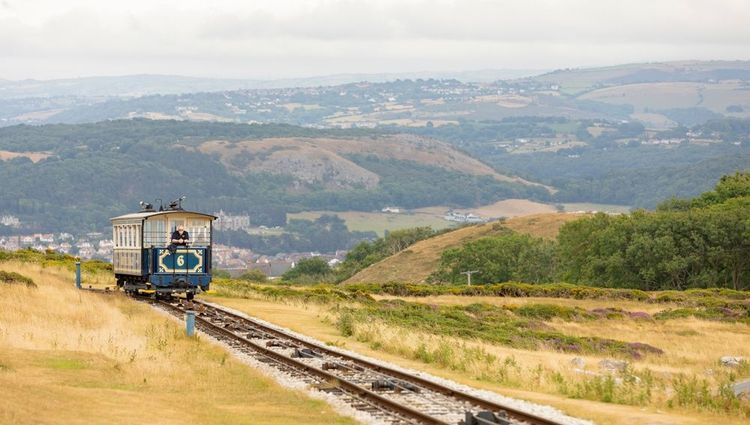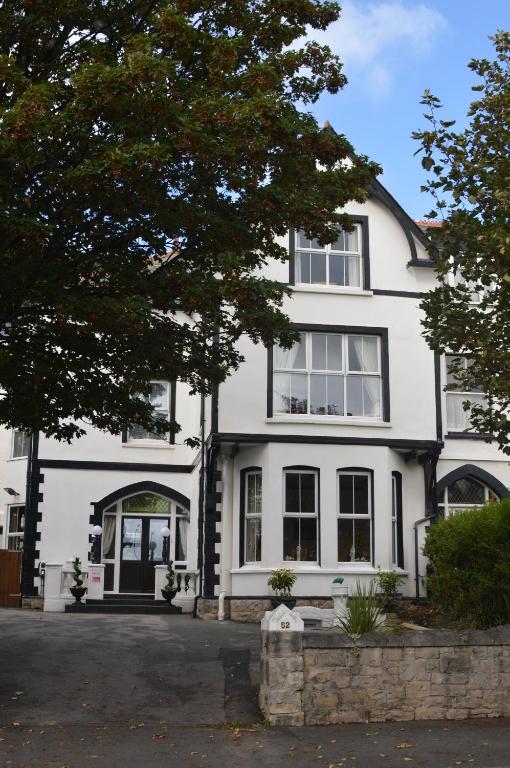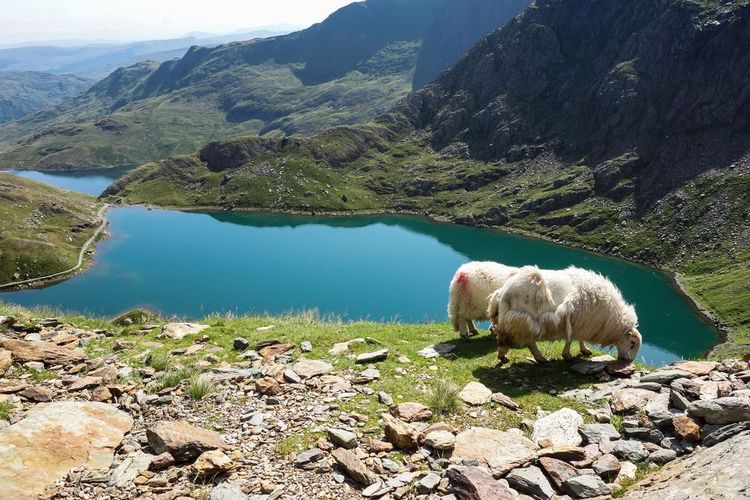Llandudno’s popularity as a resort town exploded in the mid-19th century, when Liverpudlian architect Owen Williams submitted a proposal to Lord Mostyn, the historic owner of Great Orme and its surrounding coastline, to transform the idyllic seaside spot from a dwindling miners’ community to a vibrant resort town. Mostyn enthusiastically pursued these plans and invested generously in the construction of a new promenade snaking North Shore Beach, a state-of-the-art pier launching itself into the Irish Sea, and the conversion of a disused quarry into vibrant urban gardens. This mosaic of attractions still constitutes the core of Llandudno’s touristic appeal, so let’s explore what makes each of them so special:
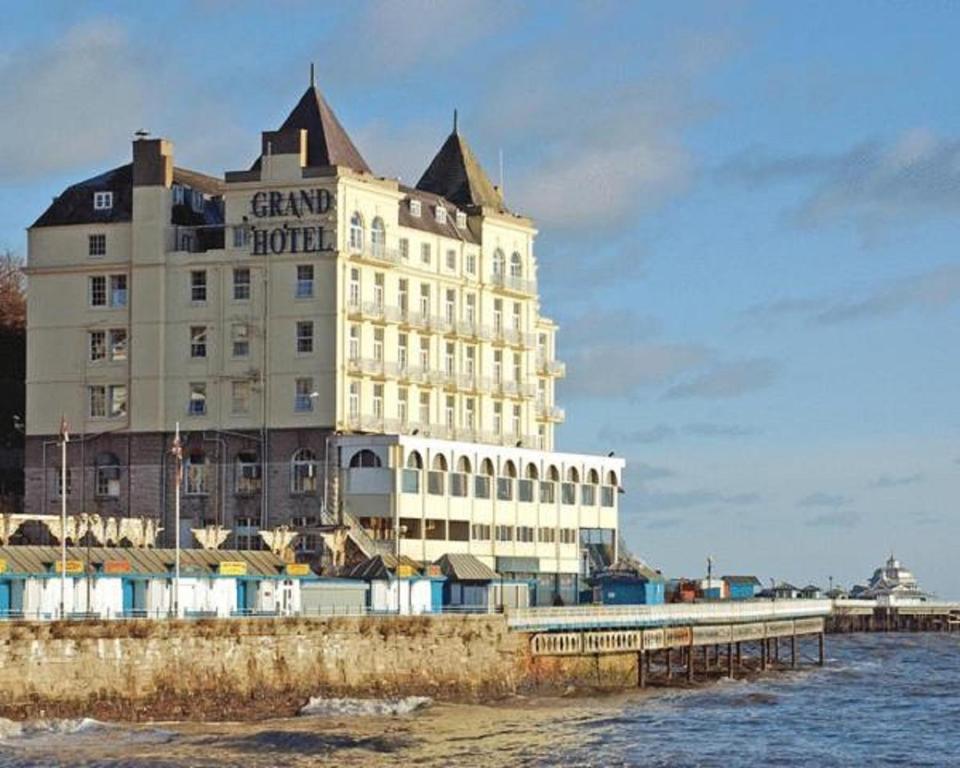 Wales
Wales


